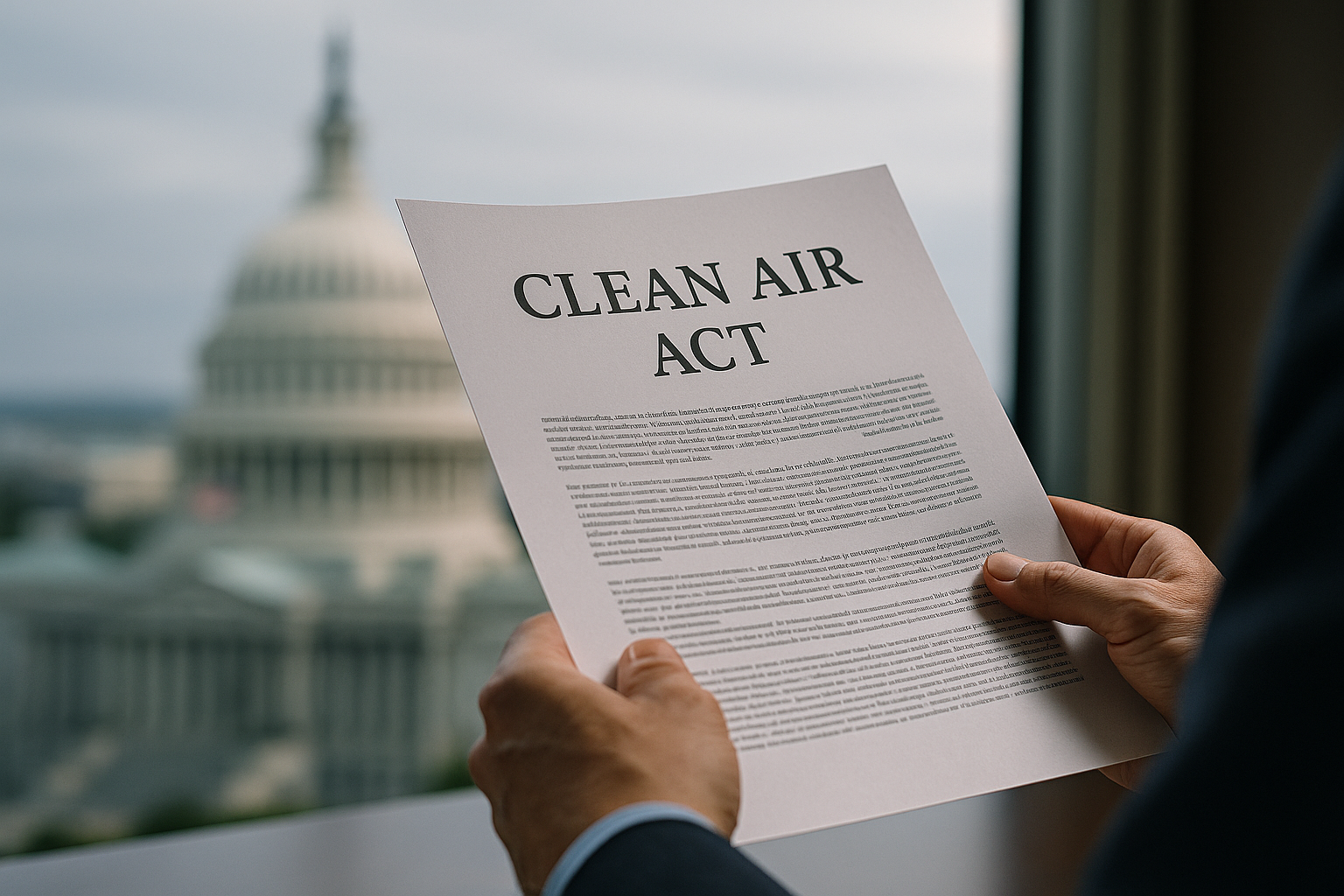Establishing Compliance Monitoring for Environmental and Social Mandates
Effective compliance monitoring for environmental and social mandates requires coordinated systems, clear metrics, and ongoing oversight. Organizations and regulators need practical frameworks that combine policy interpretation, data collection, and enforcement readiness while protecting privacy and ensuring transparency across jurisdictions.

Effective compliance monitoring for environmental and social mandates combines legal interpretation, operational control, and reliable data flows. Organizations must translate regulation into measurable policy actions, build governance structures that assign accountability, and adopt monitoring tools that provide timely evidence for enforcement and corrective steps. A robust program balances transparency and privacy, aligns with applicable legislation and judiciary expectations, and remains adaptable to evolving risk landscapes and emerging technologies such as blockchain for traceability.
How does compliance monitoring work?
Compliance monitoring begins with defining the obligations that arise from legislation, regulation, and contractual requirements. This involves mapping laws to internal policies, identifying responsible units, and establishing indicators that can be measured repeatedly. Data collection methods range from routine reporting and sensor feeds to audits and third-party verifications. Continuous monitoring encourages early detection of noncompliance and supports remediation processes. Throughout, privacy safeguards and data governance must be integrated so that monitoring does not create new legal or reputational risks.
What role does regulation play in program design?
Regulation shapes the scope and intensity of monitoring: stricter regulatory regimes typically require more frequent reporting, higher data fidelity, and formalized internal controls. Program designers should review local and international regulatory frameworks to determine thresholds, required disclosures, and enforcement mechanisms. Where legislation is ambiguous, organizations should document interpretations and decision-making processes, consult legal counsel, and maintain records that demonstrate good-faith efforts to comply. Incorporating regulatory change management into the program helps maintain alignment as rules evolve.
How should policy and governance be structured?
Policy sets the standards and governance defines who enforces them. Clear governance assigns roles—compliance officers, operational managers, legal advisors—and establishes escalation paths when issues arise. Policies should articulate monitoring frequency, acceptable variances, documentation standards, and remediation timelines. Governance bodies must review monitoring outputs, validate key performance indicators, and ensure that monitoring activities are resourced. Integrating monitoring into existing governance forums like risk committees or sustainability councils improves visibility and accountability across the organization.
How is accountability and transparency maintained?
Accountability requires traceable ownership of obligations and transparent reporting of results and corrective actions. Assigning explicit responsibilities and maintaining audit trails for decisions ensures that internal and external stakeholders can verify compliance efforts. Transparency includes clear public reporting where appropriate, while balancing confidentiality and privacy concerns. External assurance—such as independent audits or third-party certifications—can strengthen stakeholder confidence. Record retention policies and accessible documentation support both enforcement inquiries and internal reviews.
How are risk and enforcement balanced in monitoring?
Monitoring should be risk-based: prioritize higher-impact mandates and activities with greater likelihood of noncompliance. Risk assessments inform sample sizes, frequency of checks, and depth of verification. Enforcement readiness means preparing documented evidence, defined remedial actions, and communication protocols for regulator engagement. Monitoring programs must consider cross-border risks, supply chain exposures, and potential judicial scrutiny. Designing proportional enforcement responses—ranging from corrective plans to sanctions—helps align monitoring intensity with organizational risk tolerance.
What technologies and innovations support monitoring?
Modern monitoring blends conventional audits with digital tools. Data platforms aggregate sensor information, operational metrics, and third-party reports to create dashboards for compliance teams. Blockchain can be used selectively to enhance traceability and immutable recordkeeping for supply chains or emissions data, though implementation should be evaluated against privacy, scalability, and interoperability concerns. Automation and machine learning help flag anomalies but require human oversight to interpret context and avoid false positives. Ensuring data integrity, access controls, and secure storage is essential.
Conclusion Establishing effective compliance monitoring for environmental and social mandates requires a structured approach that ties regulation to actionable policy, assigns governance and accountability, and leverages appropriate technology. Programs should be risk-informed, transparent where possible, and designed to protect privacy and maintain evidentiary standards for enforcement and judicial review. Ongoing review and adaptation are necessary as legislation, stakeholder expectations, and technological capabilities change.





